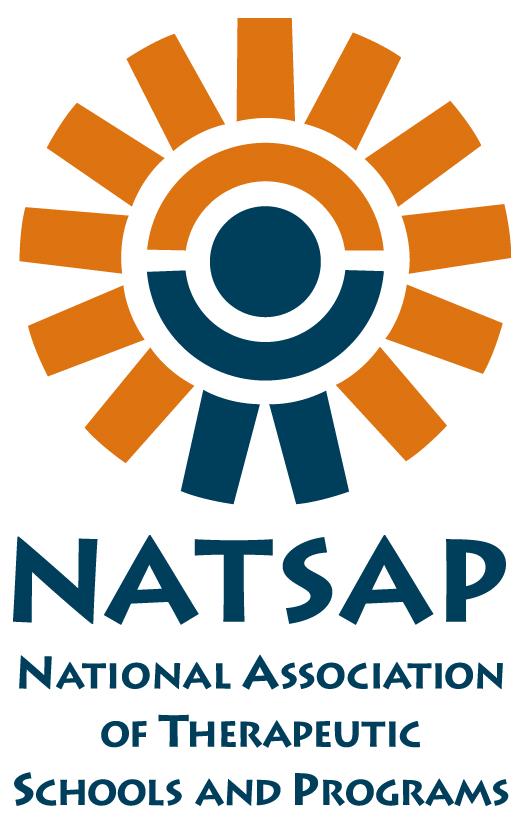The Mental Health Surveillance Among Children Survey – United States 2005-2011 provides numerous statistics regarding alcohol abuse, alcohol addiction/dependence, substance abuse, substance addiction/dependence and many other teen issues. We are going to focus on alcohol abuse and dependence here.
Alcoholism is often the term used for alcohol dependence. The symptoms of alcoholism include:
- Craving – a strong urge or need to drink alcohol
- Loss of control – inability to stop drinking once a person has started
- Physical dependence – experiencing sweating, nausea, shakiness, anxiety, etc when a person tries to stop drinking
- Tolerance – when an increased amount of alcohol is needed to feel the same effect
In the newly released update of the American Psychiatric Association’s , Diagnostic and Statistical Manual of Mental Disorders (DSM5), Substance Use Disorders no longer separates alcohol abuse (which was defined in the DSM-IV as a “maladaptive pattern of substance use manifested by recurrent and significant adverse consequences related to the repeated use of substances”) and alcohol dependence (which was defined in the DSM-IV as a “maladaptive pattern of substance use includes such features as increased tolerance for the substance, resulting in the need for ever-greater amounts of the substance to achieve the intended effect; an obsession with securing the substance and with its use; or persistence in using the substance in the face of serious physical or mental health problems.”)
For example the new diagnosis would be drug or substance specific: Alcohol Use Disorder. Therefore, you can substitute “alcohol” for substance in the above paragraph.
Teenage alcohol statistics:
- In 2010-2011 – 4.2% of adolescents were dependent on or abused alcohol in the past year
- In 2011 – 3.8% adolescents ages 12-17 years old were alcohol dependent
- In 2010-2011 – 28.2% of adolescents ages 12-17 years old reported used alcohol during the past year
- In 2011 – 38.7% of adolescents ages 12-17 years old reported used alcohol during the past month
Reference
http://www.cdc.gov/mmwr/preview/mmwrhtml/su6202a1.htm?s_cid=su6201a2_w#Tab3
http://www.niaaa.nih.gov/alcohol-health/overview-alcohol-consumption/alcohol-use-disorders








